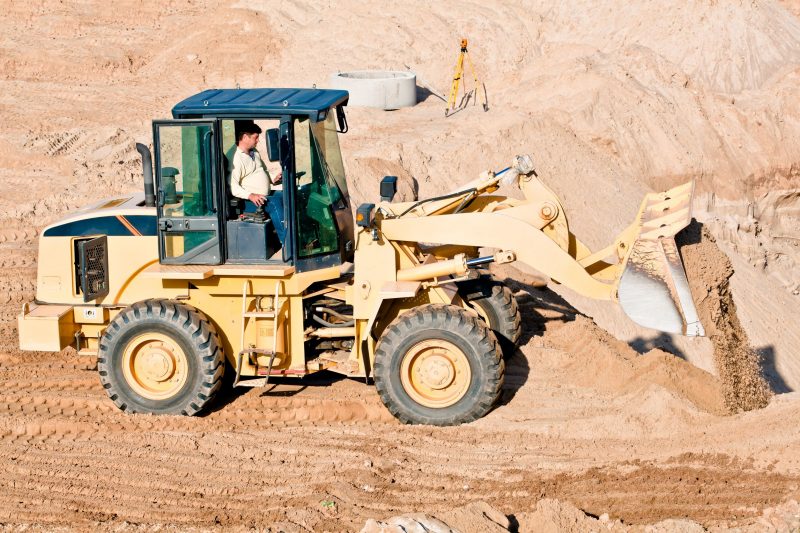We’re all familiar with latches, having seen them throughout our daily lives. From the simplest cabin hook that’s used to a fence or gate to more complex latching systems used on doors, drawers and cabinets, latches are a device we often use but seldom think about.
That is, of course, unless we work in an industry that uses these latches, or we help manufacture them. Whether it’s a rotary latch, a compression latch or one of any number of commonly used variations, each latching system performs a big job and requires expert engineering and fabricating in order to perform properly.
Common Types of Latches
Considering that all latches perform the same task – keeping something closed by drawing two panels together – it’s surprising that there are so many different types of latches being fabricated every day.
- The cam latch provides quick access to just a quarter turn. They are usually available in a number of assorted sizes, head styles and material options. They’re often found in industrial machinery, HVAC systems and on buses, coaches and recreational vehicles.
- A rotary draw latch is a perfect solution when space is tight, but strength is needed. They are commonly found in HVAC systems, industrial machinery, lawn and garden equipment, construction equipment and farm equipment.
- A compression latch is used in applications where it’s important to minimize vibration and create high pressure on the seal. There are many varieties of compression latches which can be used in a number of industries. Self-adjusting latches are used throughout the automotive industry in passenger vehicles and trucks, in industrial machinery and metal cutting, as well as in computers and networking applications. Another example is the lift & turn latch, which can be used in many of the same applications but provides a more attractive appearance.
- The over-center latch incorporates tension into the curved latch spring mechanism. This keeps panels together while preventing accidental opening. They can be found in marine, medical and food equipment, as well as in furniture.
Regardless of the type of latch in question, what cannot be in question is the durability and reliability of the product. The industries relying on these latches cannot risk failure at critical moments, so the best manufacturers will fabricate latches from the highest grade materials available and subject them to testing. Be sure when choosing a supplier that you question their standards so you can have the peace of mind of knowing your latches are top-notch.



